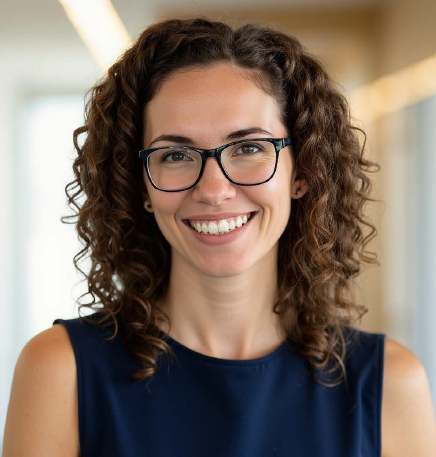How To Start An Emergency Fund

Unexpected expenses are generally seen as an unpleasant and stressful part of life. More concerning is how quickly they can put you into debt, especially if you do not have money set aside. High interest rates and unpaid credit card balances can leave you financially vulnerable.
Unfortunately, financial vulnerability is a problem for many women. According to U.S. News’ most recent Financial Wellness Survey, 49% of women surveyed said they do not have an emergency fund, and only 51% said they could cover a $1,000 emergency expense.
Emergency funds are an effective way to safeguard your financial stability and stay prepared for emergency expenses. Read on for information and simple, actionable steps to help you start saving today.
What Is An Emergency Fund?
An emergency fund is exactly what it sounds like: a cash reserve for unplanned expenses. It is meant to help you get through financial surprises, not pay for routine monthly expenses. Perhaps a pipe bursts in your basement or your car breaks down. A sudden job loss could leave you without a steady income.
Because these unexpected expenses can wreak havoc on your finances, it is important to plan for them when things are stable. According to Bankrate’s 2025 Emergency Savings Report, 37% of U.S. adults needed to use their emergency funds in the last 12 months, highlighting how common financial setbacks are. A good rule of thumb is to save three to six months of essential living expenses.

How To Start An Emergency Fund
Setting up an emergency fund is not difficult; all you need is a little time to work through the following steps:
1. Calculate How Much You Need To Save
Before you start putting money aside, personal finance expert Suze Orman says you need to have a clear picture of your monthly essential expenses. This includes rent or mortgage payments, groceries, utilities, insurance payments, and any other monthly bills you must pay.
Once you calculate your monthly essential expenses, Orman says to multiply the number by 3 to get the total for 3 months of emergency savings. Divide that amount by 12 to determine how much you need to save monthly to reach your goal in a year. You can also use an online emergency fund calculator like Nerd Wallet or PNC to help you.
2. Make Saving A Sustainable Habit
If saving a large amount feels impossible, set smaller goals. Clever Girl Finance recommends you start by saving the first $1,000, then working your way to 3-6 months of expenses and 12 months of expenses after that.
To make saving easier, build it into your budget. Clever Girl Finance suggests setting a weekly amount or a percentage of your paycheck aside. Automate this process so deposits or transfers happen without you needing to remember.

3. Cut Unnecessary Spending
In addition to intentionally putting money aside each month, Fidelity also recommends cutting expenses where you can. Look over your non-essential monthly expenses, the nice-to-have things you can do without, such as subscription services, gym memberships, or eating out, and cut back.
You can redirect the savings from these expenses to your emergency fund and reach your goal faster. Alternatively, you can use these savings to pay down any outstanding debts you may have, like credit card balances.
4. Boost Your Fund
When you receive unexpected money, including a tax refund or a monetary holiday or birthday gift, it can be tempting to spend it all. It seems like “extra” money to do with what you please.
Instead of spending it, Consumer Finance advises putting at least a portion of this money into your emergency savings. This is a good way to quickly increase the total amount in your safety net.
5. Keep Your Emergency Fund Separate
To prevent yourself from getting tempted to dip into your emergency savings, open a separate account. According to Fortune, you want an account that is easily accessible, does not charge monthly fees or require a minimum balance, and has a decent interest rate. They recommend choosing a free high-yield savings account.






